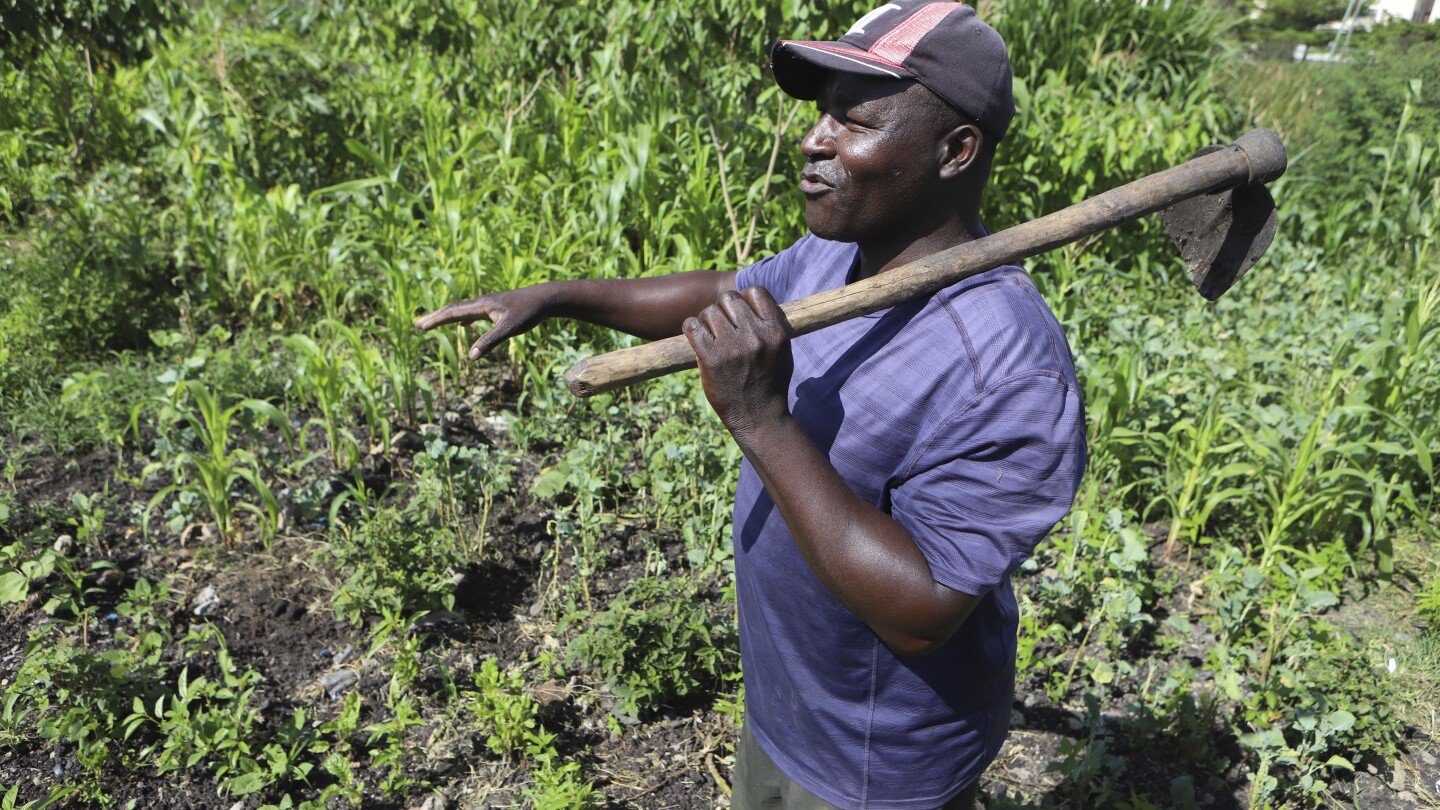When Benson Wanjala started farming in his western Kenya village two and a half decades ago, his 10-acre farm could produce a bountiful harvest of 200 bags of maize. That has dwindled to 30. He says his once fertile soil has become a nearly lifeless field that no longer earns him a living.
Like many other farmers, he blames acidifying fertilizers pushed in Kenya and other African countries in recent years. He said he started using the fertilizers to boost his yield and it worked — until it didn’t. Kenya’s government first introduced a fertilizer subsidy in 2008, making chemical fertilizers more accessible for smaller-scale farmers.
Problems with soil health are growing as the African continent struggles to feed itself. Africa has 65% of the world’s remaining uncultivated arable land but has spent about $60 billion annually to import food, according to the African Development Bank. The spending is estimated to jump to $110 billion by 2025 due to increased demand and changing consumption habits.
“Inorganic fertilizers were never meant to be the foundation of crop production,” he said, later adding that because of “commercially inclined farming, our soils are now poor, acidic, and low in biomass resources, and without life!”



It’s more complex than this, but it’s related to climatic change.
First, we’re still in the ice age. We’re just in an interglacial period.
During the glaciation, humans mainly hunted a few big game. It was an inhospitable environment.
When the glaciation ended, the climate became more stable, warmer, more clement. Rivers rised and became calmer, as the sea level rose.
Humans started diversifying and broadening what they ate. They collected much more plants, hunted more animal species, notably small game, fished much more. It was the mesolithic.
In zones that were particularly abundant in resources, probably at the edges of ecozones, it became possible and interesting to settle down somewhat, and defend this territory against outsiders. Owning resources allowed to invest time and labor into making things more productive. Domestication was part of that.
Not all regions are suitable, or have sufficient domesticable species. Some places took much longer than others to really get farming going, and most never did, until domesticates arrived there from somewhere else.